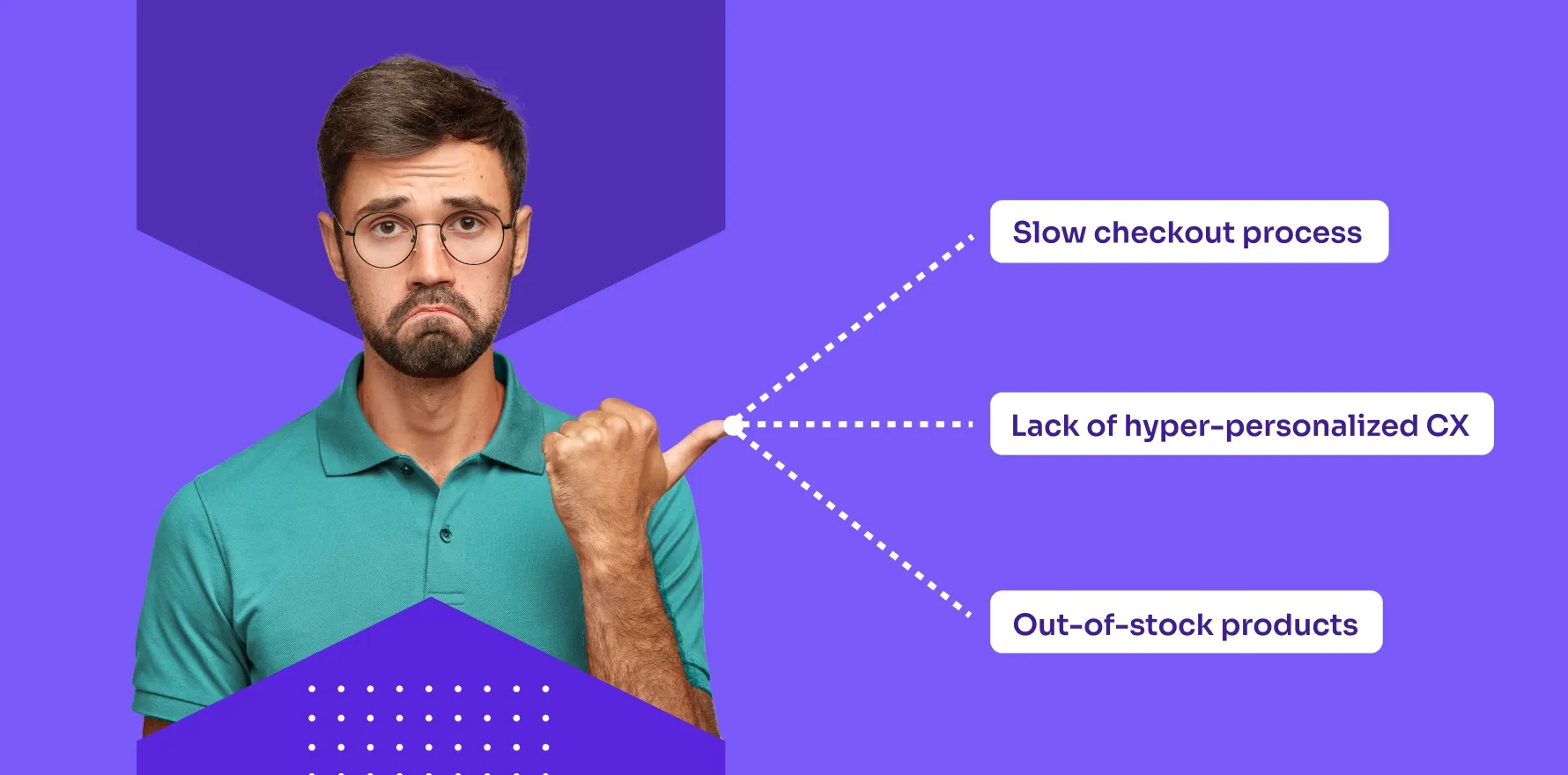Any business that has an online presence knows the importance of ecommerce. It’s what allows customers to buy products and services from your ecommerce store, and it is critical to ensuring your business’ success. However, ecommerce can also be a pain point for businesses, as several factors can impact their performance. In this blog post, we’ll outline the top five ecommerce pain points and how to fix them. So if you’re experiencing any issues with the sales of your ecommerce store, keep reading!
One of the biggest challenges for an ecommerce business today is customer satisfaction.
Pain points faced by ecommerce customers
Pain points faced by ecommerce customers and potential users deter them from having a delightful shopping experience. As business owners, solving customer pain points is key to avoiding customer churn. Identifying problems by connecting with the customers on the platform is only half the battle won. Unique and creative solutions are required to ensure an excellent experience. No one solution fixes all problems. Read to know the individual pain points and how to fix them.
Slow checkout process
The average online shopper has little patience for a slow checkout process. In fact, according to Baymard Institute, over 60% of shoppers say that they would abandon their cart if the checkout process took too long or was too complex. The good news is that there are a few simple steps that ecommerce platforms can take to speed up the checkout process and keep shoppers from abandoning their cart or leaving the site.
First, it’s important to streamline the number of fields that shoppers have to fill out. Every extra field adds time to the checkout process, so only collect the essential information. Second, make sure that your ecommerce store is optimized for mobile devices. More and more shoppers are using their phones to make purchases, and a mobile-friendly checkout process is crucial for keeping them engaged. Finally, offer multiple payment options. Some shoppers prefer to pay with PayPal or Apple Pay, while others prefer to use their credit cards.
Tips to avoid customer disappointment
- Keep it simple: Make the CTA visible with minimal distractions. Ask only for necessary information. Enabling the auto-fill option with a pop-up button assures the shopper of privacy and security.
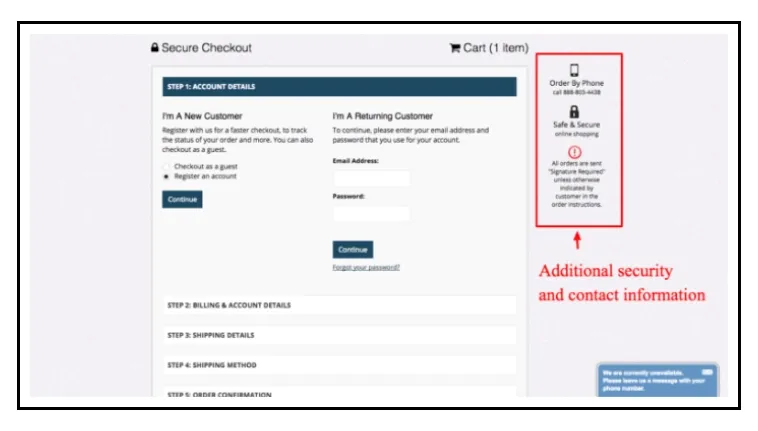
- Enable the Modal-window option: This option is ideal for keeping the shopper notified when an item is added to the cart. It can also be used to showcase the cart summary data and total order cost. For example: WooCommerce quick view window feature allows you to view the cart details in a pop-up window.

- Ensure data validation: Reduce abandonment of the cart with this time-tested strategy embraced by many ecommerce stores. Web browsers like Chrome allow shoppers to store this information at their end.F
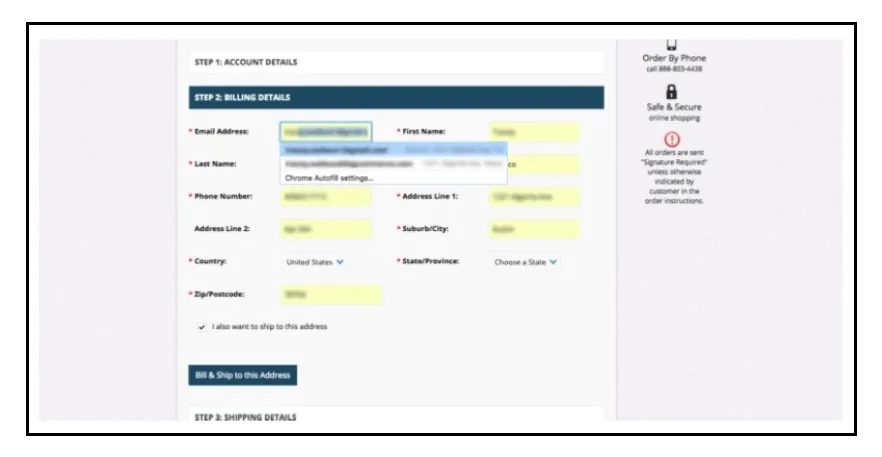
Out-of-stock products
Out-of-stock products on ecommerce platforms can be frustrating for customers and merchants alike. There are a few reasons why this might happen: either the product is truly out of stock and needs to be replenished, or there’s an error in the inventory system.
There are a few things you can do to avoid this issue. First, stay on top of your inventory levels and reorder products as needed. It’s also a good idea to create a back-order system for popular items that tend to sell out quickly. By doing this, you can still provide your customers with the products they want, even if it takes a bit longer to fulfill their order. Secondly, keep your customers updated on the status of their order, so they know when to expect their delivery. If you’re transparent about any delays, your customers are more likely to be understanding. Ecommerce platforms like WooCommerce nowadays provide an efficient inventory management system that allows you to assign custom warnings for low-stock values across your products/categories.
Tips to avoid customer disappointment
- Mark as out-of-stock: Your product page is what drives customer traffic. Tagging the product as out-of-stock will ensure that the shopper is informed of two things. (1) Your site offers the product (2) It is currently out of stock. This way, your website usability is not affected, and at the same time, your shoppers will remember to come back to the site to purchase it.
- Implement a wait-list strategy: Your customer will add the product to their waiting list. They can be informed via SMS or push notifications when the product is available again.
- Offer based on product model: Promoting similar products on the same page can ensure that the shopper stays on our site while waiting for the product to be back in stock.
- Execute SMS strategy: Add a call-to-action button that says ‘SMS me when available’. This is a straightforward solution that induces an immediate response from the customer. Also, a Notify Me When Available option is a great way of understanding product demand and using this information and the pattern thereof to plan your inventory in the future.
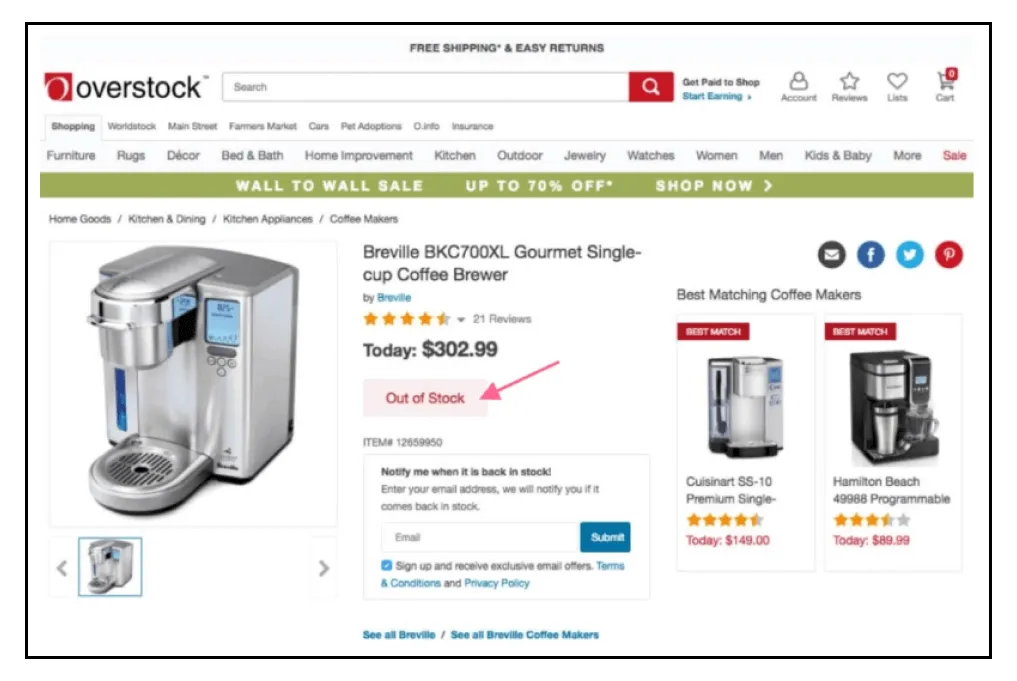
Lack of hyper-personalized CX
A recent study showed that nearly 60% of ecommerce shoppers are more likely to purchase from a site that offers personalized recommendations. However, many DTC brands fall short when it comes to providing a truly personalized experience for shoppers. One way to solve this problem is to make use of user data to generate hyper-personalized recommendations.
By analyzing past purchase history, browsing behavior, and demographic information, ecommerce platforms can offer shoppers highly relevant product recommendations. In addition, machine learning can be used to continually refine the recommendation algorithm, ensuring that shoppers always see the most relevant products. DTC brands can make use of first-party and zero-party data to provide hyper-personalized recommendations, improve CX, and drive up sales.
Tips to avoid customer disappointment
- Understand different customer touch points: Contextual experience is key. By mapping out each micro-moment and adding pop-up buttons on the website with product recommendations and inspirational content, personalization can be adopted.
- Leverage automation to react to real-time customer behaviors: With a CDP capturing customer/user behavior in real time, you can automate any communication to react to it as per your preferred/scheduled cadence across multiple channels.
- Embed personalized dynamic content into emails to drive higher conversions: Dynamic content is any element of your marketing message that changes in real time based on your recipient’s information or behavior. For instance, any cart abandonment email that displays the exact product abandoned in the cart is dynamic content.
Such hyper-personalized content will make the customer feel special.
Poor filter options and improper categorizations
Poor search and filter options on an ecommerce platform can be incredibly frustrating for customers. Not being able to find what they’re looking for can lead to abandoned carts and lost sales. There are a few things you can do to solve this problem.
First, make sure your products are properly categorized. This will help customers narrow down their search and find what they’re looking for more easily. Second, provide plenty of search and filter options so customers can filter their results by price, color, size, etc. Finally, make sure your search bar is prominently displayed and easy to use. By taking these steps, you can make it much easier for customers to find the products they’re looking for on your site.
Tips to avoid customer disappointment
- Activate modal-window pop-ups: Push up the conversion rate with a smart cross-selling pop-up window. It allows you to understand the previous purchases of the shopper and make relevant suggestions to make their shopping experience easier.
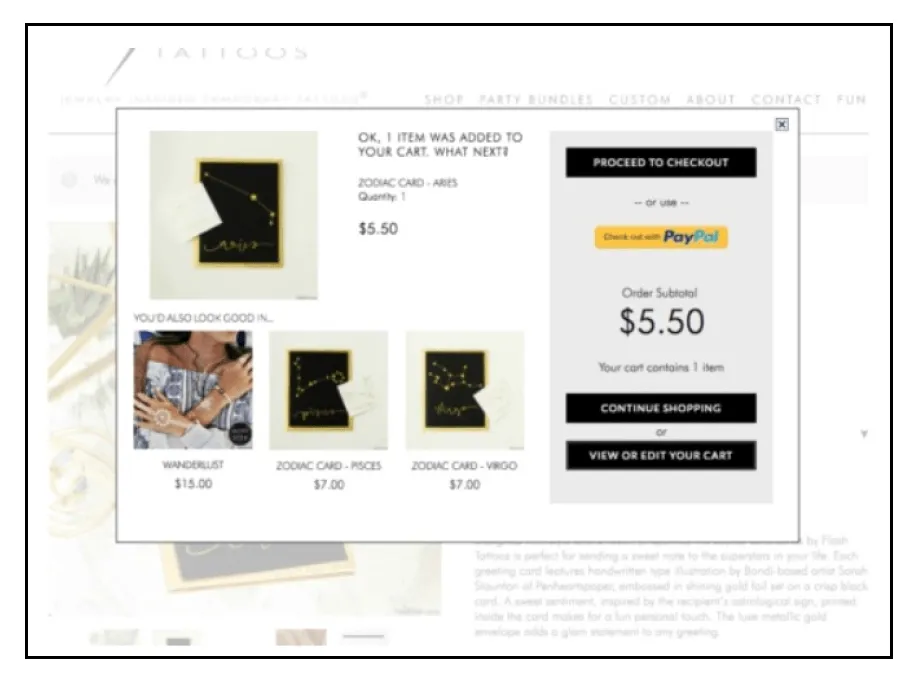
- Indicate product quantity: Ensure that the filter count auto-updates every time a new filter is applied. Indicate the number of products that fall under each category to cover stock availability.
- Tag the products properly: The search filter tends to fail when products are not tagged correctly based on size, gender, color, etc. This can lead not just to loss of revenue but the reputation of the brand.

- Hide non-existent options: Customers are not interested in products that are not available for sale. The 404 page, while technically accurate, is a sure-fire way to lose customers.
Unsatisfactory customer suppor
Many ecommerce businesses face the challenge of providing excellent customer support. This can be difficult to achieve because customers are often spread out across the globe, making it hard to provide timely assistance. In addition, customers may be using different devices and browsers, which can make it difficult to replicate problems. Finally, customers may be reluctant to contact customer support, fearing that they will have to wait a long time for a response.
There are several steps to improve ecommerce CX. First, they should invest in a good customer support platform that allows them to quickly and easily respond to customers. Second, they should keep track of any question or issue faced by the customer and ensure timely solutions. If customers are not satisfied with the UI/UX, chances are they will leave the website. If they are incentivized to communicate their issues with the brand fast, and if the brand is super responsive, they will appreciate it. By taking these steps, their ecommerce CX can be improved.
Tips to avoid customer disappointment
- Offer 24/7 customer support: Be it a person or a bot behind the scene, customers should know that help is available when they need it. Be sure to inform customers and ensure complete transparency to make the digital experience seamless.
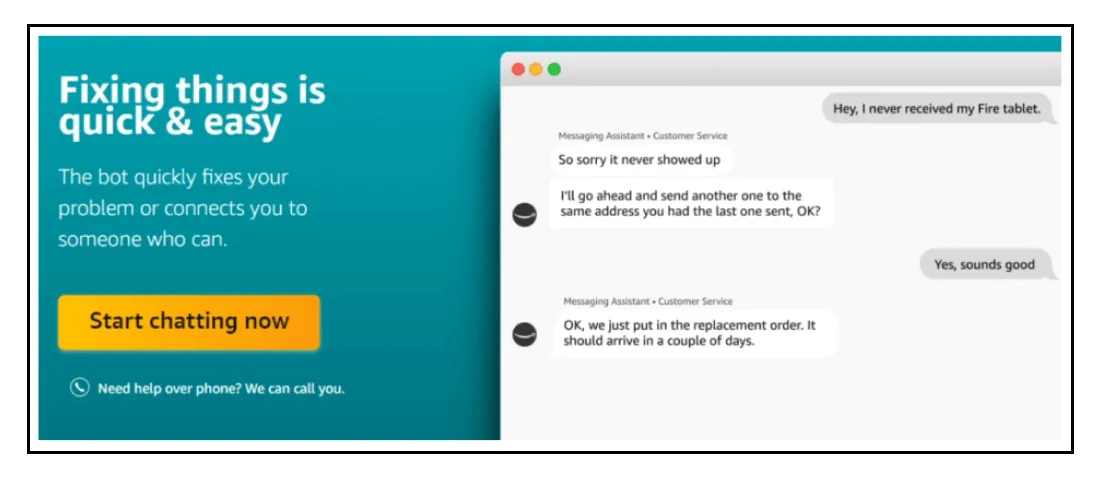
- Ensure organized data: Customers who have to repeat their previous issues or requirements will lose interest in the brand. Ensure organized data and meet the customers on their own terms.
- Enable self-service: Customers who are empowered will love the brand as well as the experience as well.
- Strengthen your customer relationship: CDP enables the customer support team to have the latest and relevant first-party and zero-party data while communicating with the customer across any channel. Communication should be possible via SMS, chat, email, etc., as per the customer’s preferred method.
Enhancing online customer experience with the right digital tool
Despite the many advantages of shopping online, from convenience to discounts, many customers report feeling disappointed or frustrated with their online shopping experiences:
- One reason for this dissatisfaction is a lack of personal interaction with store staff and representatives.
- In addition, products may often be difficult to find or are not properly categorized and/or described on the website or app, which makes it difficult for customers to make informed decisions about their purchases.
- Finally, order fulfillment issues can contribute to a negative customer experience, as deliveries are delayed, or items arrive in poor condition.
Addressing these key challenges will be critical for ecommerce stores as they work to keep customers satisfied and retain their business over the long term.
Ensuring a seamless interaction from the time your customer reaches out through the completion of transactions will help increase the retention rate of customers and also improve the chances of your brand being recommended to others.
The modern way of doing business means finding the right digital tools to improve your customer experience. With customer journeys taking a shift towards digital experiences, it is important to provide a consistent experience across digital touchpoints to ensure the right brand awareness is created for your product.
The adoption of the right technology can help you be “customer-centric” and stay ahead of the curve.
Are you doing everything possible to ensure a positive online shopping experience for your customers? If not, now is the time to make changes that will improve your bottom line…
Sign up for early access to start your data journey.
You may also like
Essential resources for your success
